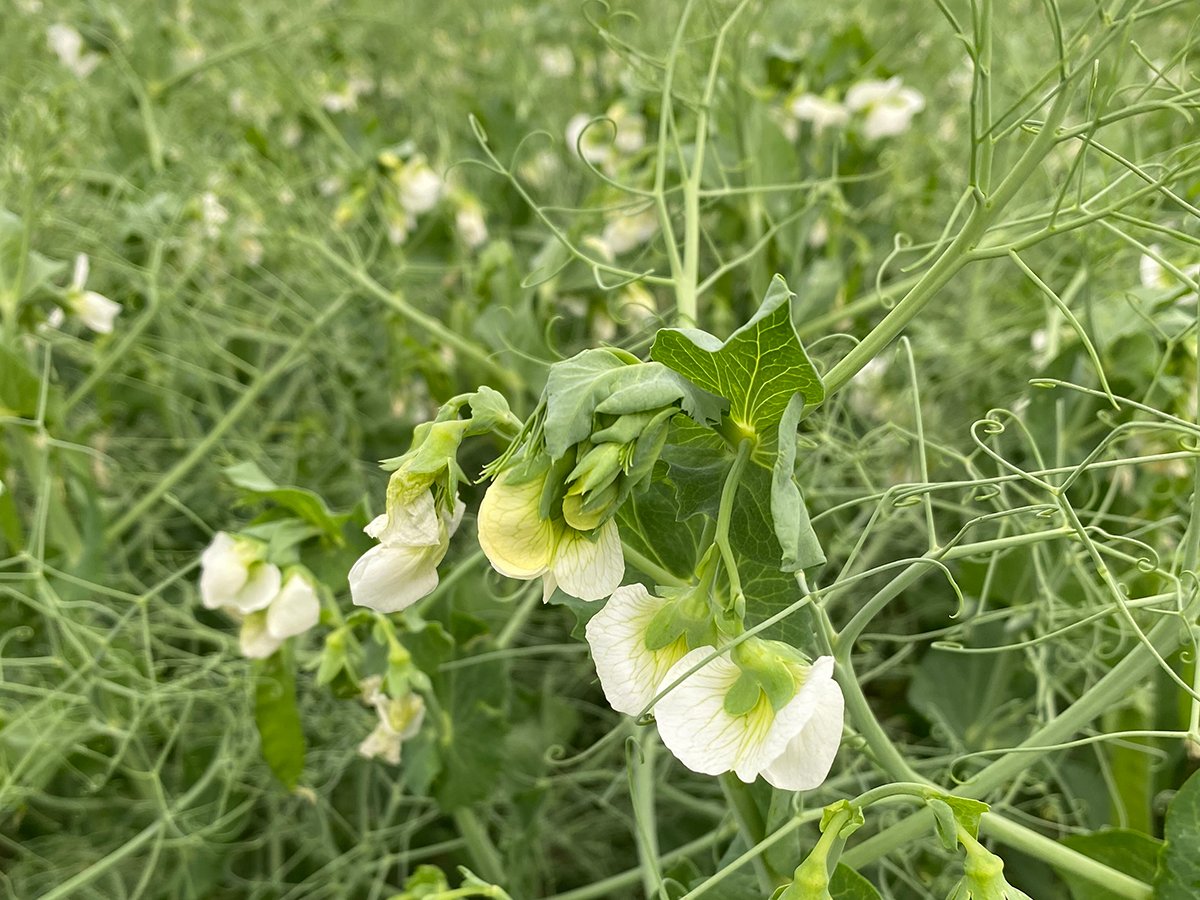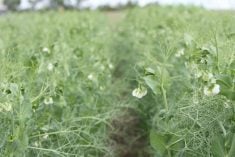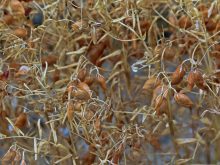WHISTLER, B.C. — Louis Dreyfus Co. is finishing construction on its pea protein isolate plant in Yorkton, Sask.
The facility is expected to begin production in the second quarter of 2026, Manoj Kumar, vice president of plant proteins with LDC, told delegates attending the 2025 Pulse and Special Crops Convention.
“We are super excited about getting into this pea space,” he said.
Read Also

Farmland ownership fires up Saskatchewan politicians
Saskatchewan politicians debate the enforcement of farmland ownership laws in the province.
Peas have become the third largest plant protein behind soybeans and wheat because they are plentiful, non-allergenic, non-GMO and have certain product functionality characteristics no other plant protein provides, said Kumar.
That is why it now occupies 10 percent of the total liquid dairy space.
Pea-based meat alternatives have also grown in popularity, but that category has slowed in recent years.
The biggest growth opportunity today is in the nutrition field where pea protein is being used in powders and ready-to-drink products, he said.
There is also a new opportunity emerging due to the popularity of glucose-like peptide-1 (GLP-1) medications, such as Wegovy, that are used to reduce weight gain in obese people.
An estimated five to six percent of North America’s population is on GLP-1 drugs.
Muscle loss is a known side effect of the drug, and plant-based proteins are being used to help offset that loss.
Julianne Kellogg, crop innovation program manager with Ardent Mills, said there are value-added opportunities arising for chickpeas as well.
According to a consumer survey conducted by Ardent Mills, 65 percent of Canadian consumers want to see chickpeas in more products.
“That is really exciting,” she said.
Chickpeas are increasingly appearing in products such as snacks, baked goods and protein bars.
“(Consumers) understand the health aspects of chickpeas,” said Kellogg.
Hailey Jefferies, co-founder of Prairie Fava, said fababeans’ moment is coming because it is the pulse with the second highest protein level, averaging 30 to 34 per cent dry protein matter.
“It is about to join the chickpea and pea movement,” she said.
Kumar said protein levels and consistent quality are important, but flavour and texture are the critical attributes for pulse-based products.
“Whatever you do, if it’s not tasting good, nobody is likely to eat it,” he said.
The goal is to minimize the bitter flavour of peas, which he called the “biggest challenge” facing the pulse ingredient sector.
Janelle Carlin, director of quality, science and food innovation with Pulse Canada, said taste chemistry is a hard nut to crack.
“There are hundreds of chemicals that have been identified in just peas alone,” she said.
A top priority in the pulse research sector is developing standardized methodology and terminology.
How do you define “bitter” because it means different things to different people? And what exactly is meant by “inconsistency” or “functionality?”
Kumar said it can get complicated because a dairy product might require different product functionality than a meat alternative, confectionary product or baked good.
Kellogg said the pulse sector could learn a lot from the wheat sector, which has an extensive database of the quality attributes of different wheat varieties.
Carlin agreed that wheat is the gold standard when it comes to knowing how different varieties will perform in different applications.
It is a sophisticated system that is integrated from breeding all the way through to end-use application.
That is a new concept for pulses, but the industry is starting to hold those discussions, and there are examples where integration is already happening.
For instance, pea breeders at the University of Saskatchewan’s Crop Development Centre have managed to boost average protein content in peas by about two percentage points in response to the industry telling them that the fractionation business has become a major priority.
















